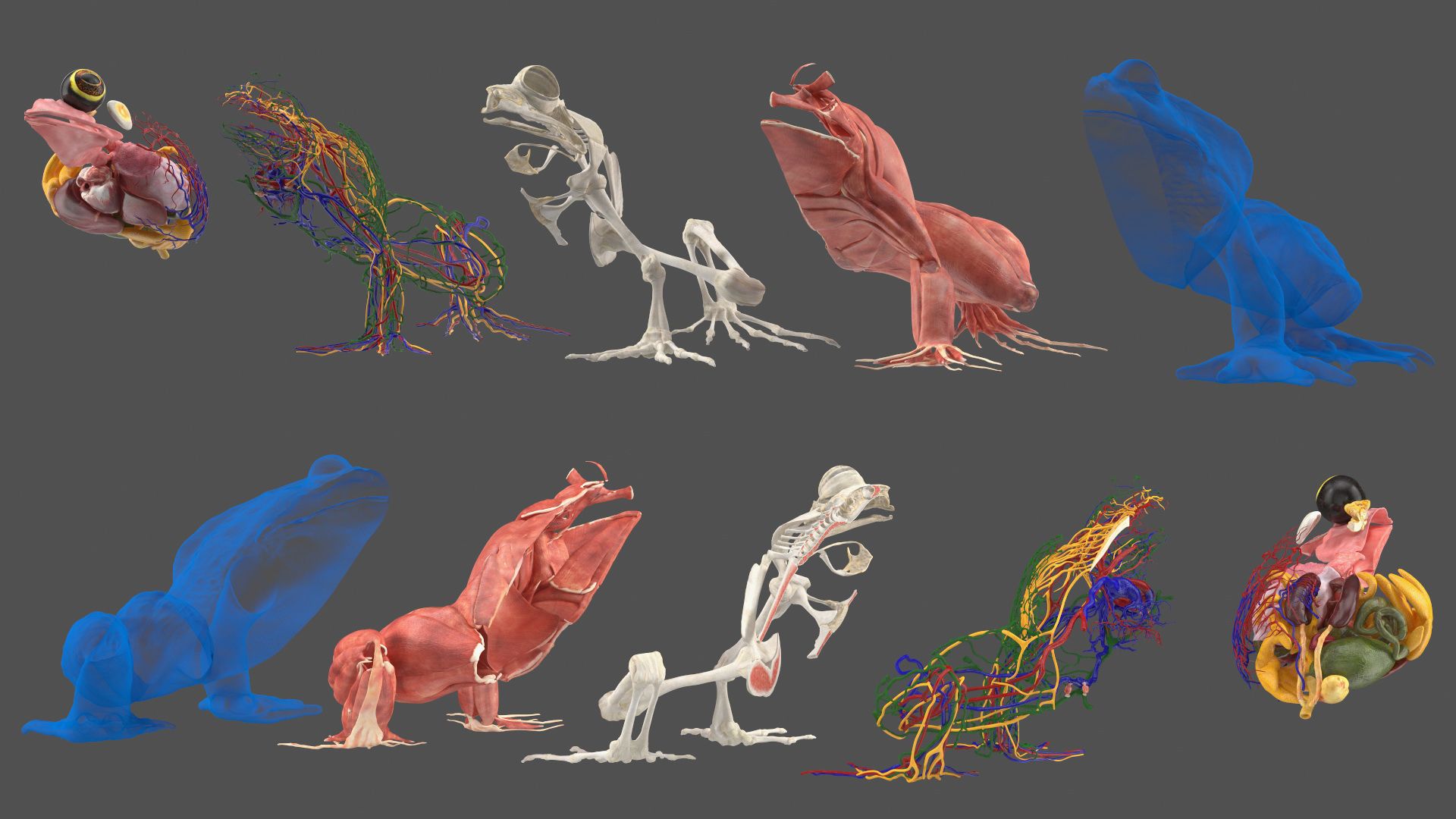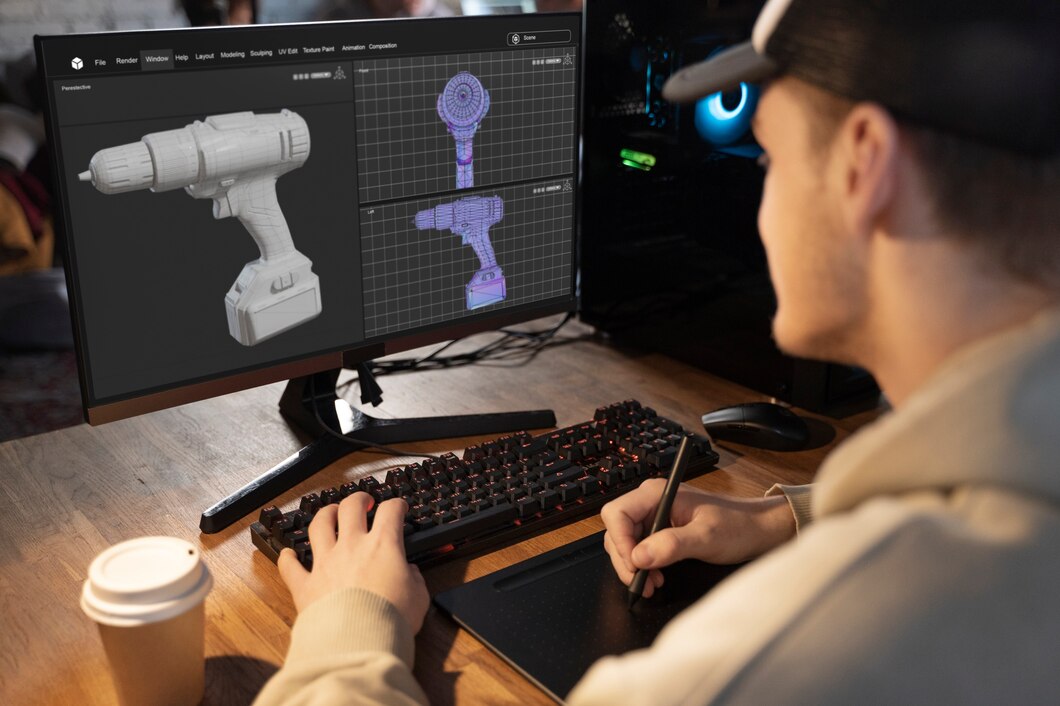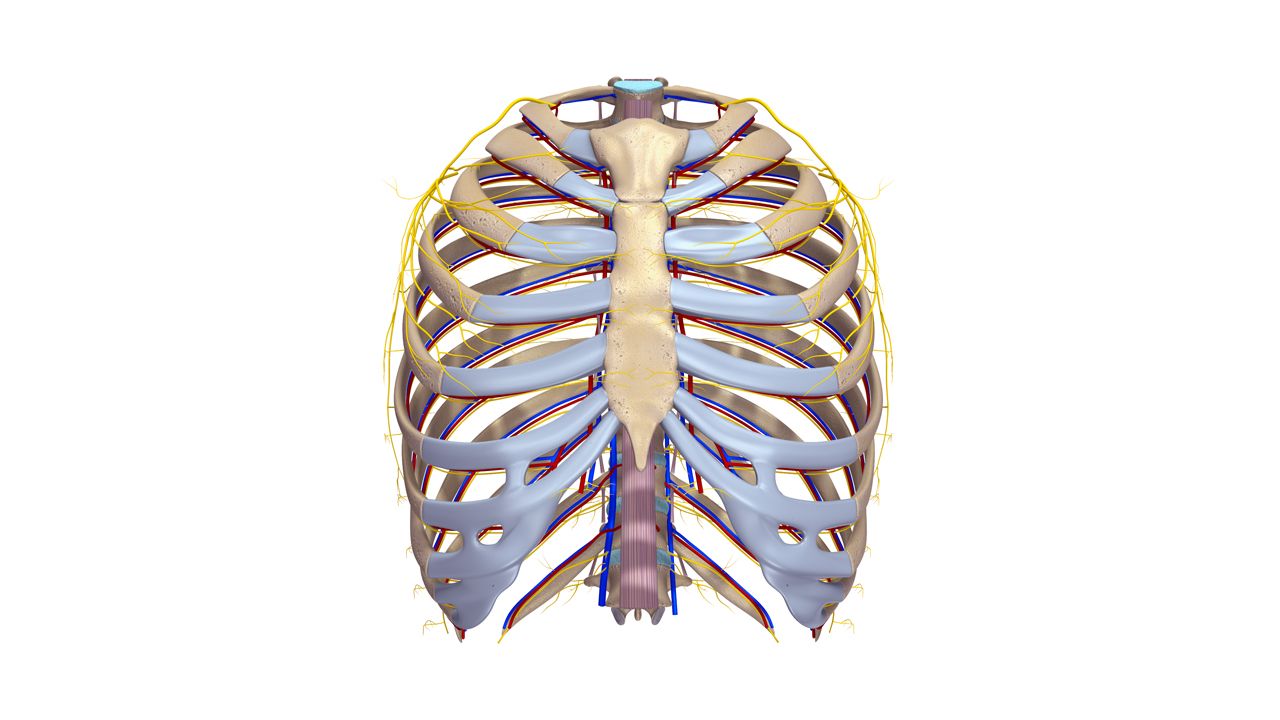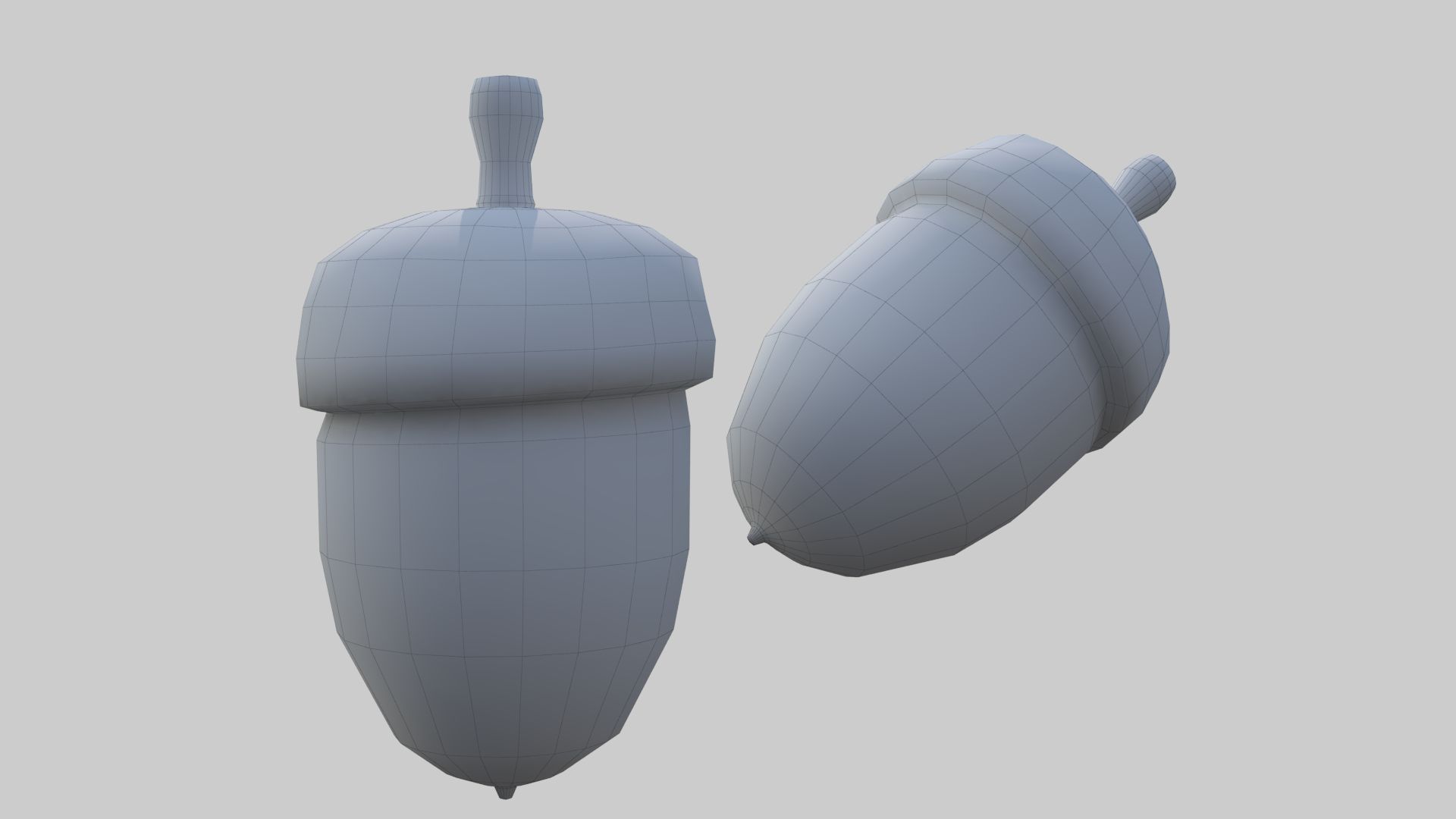
Food Innovation with 3D Printing: A Practical Guide
In this era where technology and culinary arts beautifully intersect, innovation has found its way onto our plates with 3D food printing. Innovative in concept and revolutionary in application, 3D printed food is transforming the food industry, one intricate masterpiece at a time.
Understanding 3D Food Printing:
3D food printing employs technology to create food products by layering ingredients meticulously. This innovation allows for ultimate customization, creative design and contributes to sustainability.
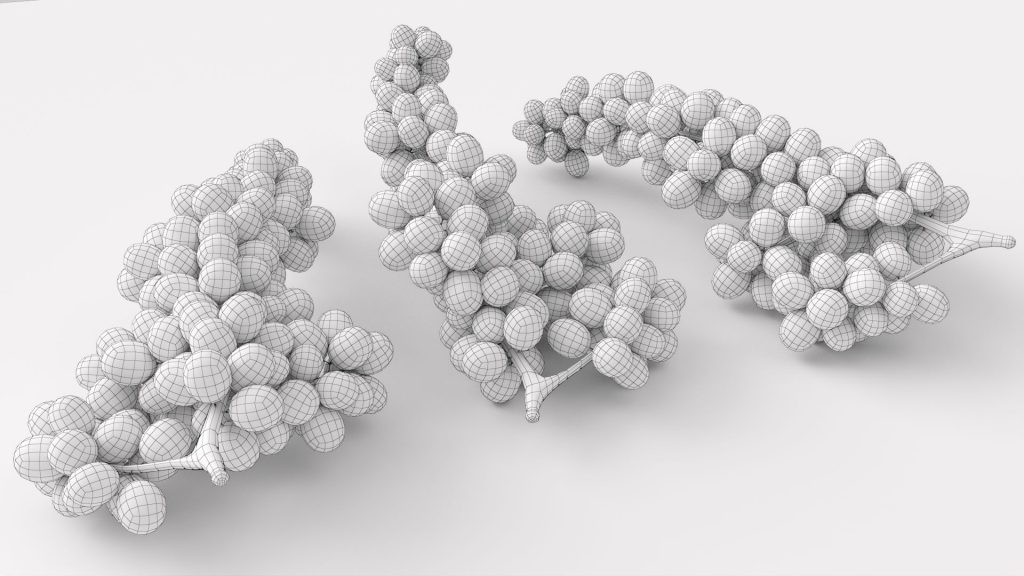
Application Areas:
1. Customizability:
One of the key advantages of 3D food printing is its incredible level of customization. From altering textures for those with swallowing problems to accommodating dietary needs, food printing enables unique personalizations.
2. Intricate Designs:
3D food printing is a gateway to artistic culinary possibilities. Ideal for creating intricate patterns or shapes, this technology can enhance food presentation, making your dishes truly standout.
3. Sustainability:
3D printing has the potential to revolutionize the agriculture system. Novel ingredients like algae and insects can be used, which are more sustainable sources of protein.
Practical Steps To Begin With 3D Food Printing:
1. Choosing the Right 3D Printer:
There are specially designed 3D printers for food, like the ChefJet Pro for sugar and chocolate products and the Foodini for a wider range of foods. You need to select the one that suits your needs.
2. Procuring Food ‘Ink’:
The edible material used in 3D food printers is sometimes referred to as ‘ink.’ You’ll need to choose food inks compatible with your printer.
3. Creating Model Designs:
The 3D printed result depends on a digital design. You can either download designs online or use 3D modelling software to create custom prints.
4. Understanding The Printing Process:
Each printer might have its unique process, but most involve placing ingredients/food ink in the printer, uploading the design, and initiating the printing process.
5. Post-Printing Efforts:
Some printed food items may require additional cooking after printing.
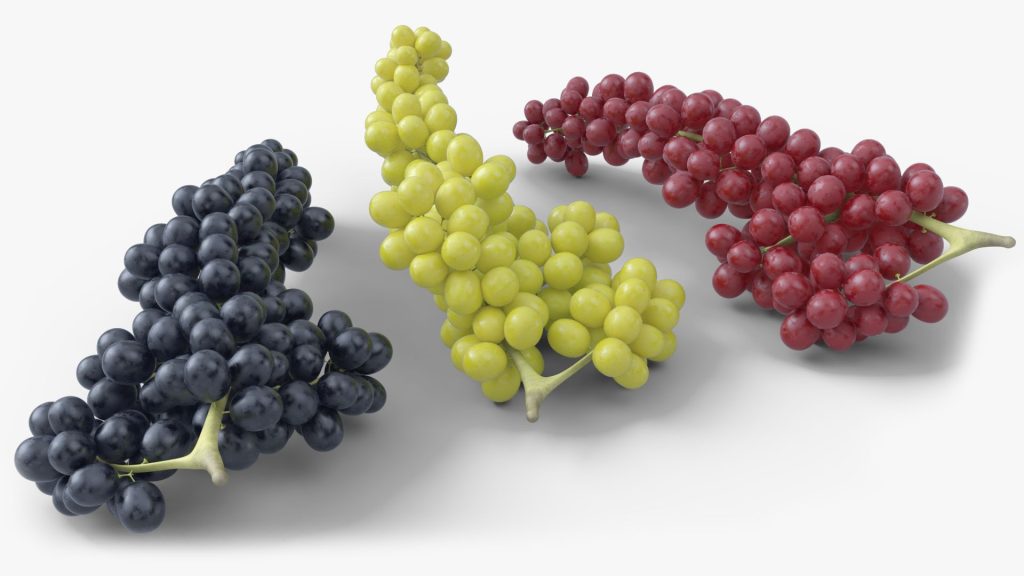
Maximizing the Value of 3D Food Printing:
1. Improve Nutritional Value:
3D printing could revolutionize nutrition, as it allows for a precise dosage of minerals, vitamins or specific proteins to be added to dishes.
2. Educate and Excite Customers:
Use this technology to not just serve unique dishes but also to educate your customers about the marvel of 3D food printing.
3. Explore New Food Forms:
Venture beyond conventional food ideas. Experiment with new forms, flavours and methods to offer a radically innovative dining experience.
Conclusion:
3D food printing is reshaping culinary arts, offering stunning customization, suggestive presentations, and sustainable alternatives in food production. As you venture onto this route, remember that the value of this technology lies not just in its ability to produce food but in its power to revolutionize the way we understand, experience, and engage with our food. With this practical guide, step into the future of culinary brilliance that savours not just the taste, but also the innovation that it is born out of. Bon Appetit!

